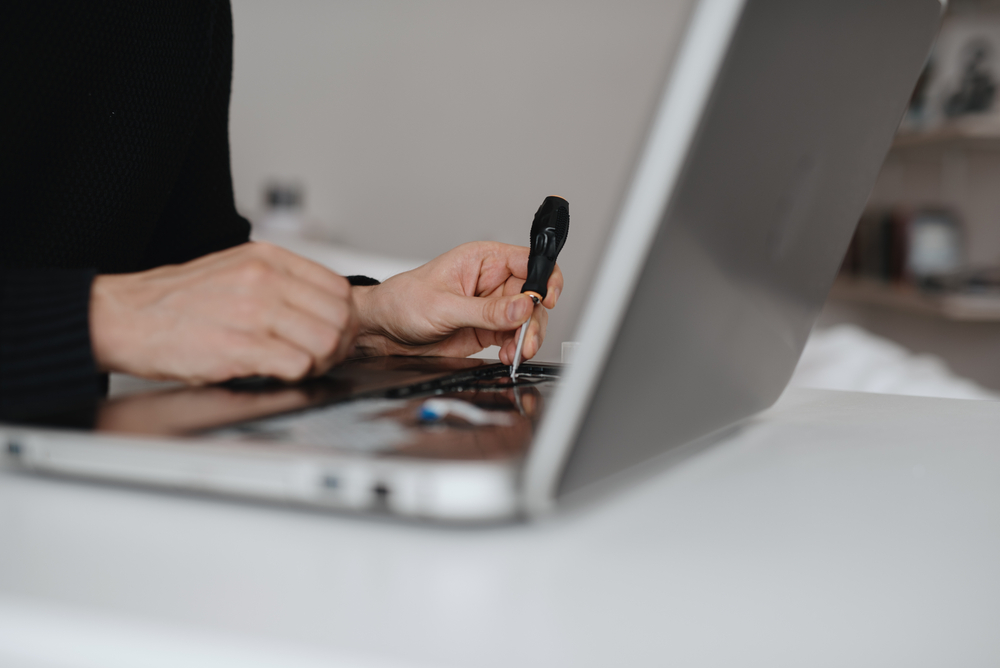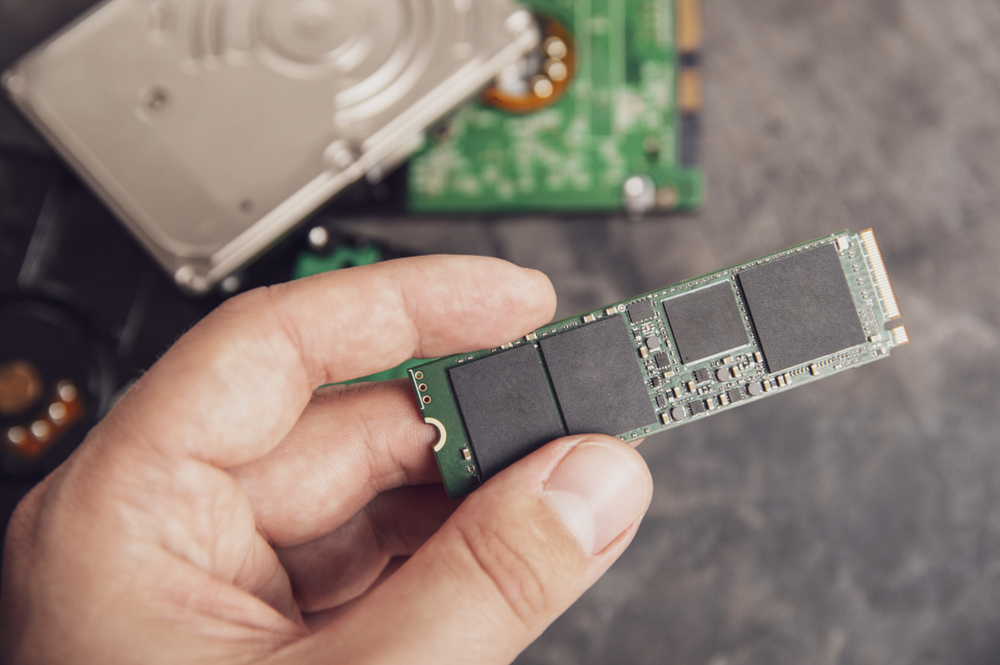Tips for Diagnosing Common PC or Laptop Issues

Tips for Diagnosing Common PC or Laptop Issues
People rely on machines more than ever these days, which means that when something goes wrong with your PC or laptop computer it can seriously hinder your ability to work, play, and be entertained. While there are certainly some issues that require the help of a professional to diagnose and correct, there are a few common issues that you may be able to troubleshoot on your own and avoid a trip to the repair shop.
General Issues
It might seem so simple that it couldn't possibly help, but a good first step for trying to figure out a problem with a computer is to restart it. Try to avoid turning it off by holding down the power button if possible; use the navigation buttons to initiate the restart. There could be a software update that was downloaded to your computer and needs to be installed. In other cases there could be something running in the background that is slowing you down or causing issues. A restart hits the "refresh" button on those things.
Slow Speeds
If your computer is running slow, the first step to figure out what's wrong is to determine what's causing the slowdown. Check what programs are running (some may be running in the background) first, and shut down any that you're not actively using. If you have a browser window open you may want to shut it down to close out sites trying to load videos and ads.
You can also check if it's your internet connection, especially if the problem is a slow browser or slow downloads. Websites like speedtest.net allow you to run a test to see your current upload and download speeds for your broadband connection. At any given time your speeds should be at least 50% of what your internet service provider advertises. It will also give you a readout for the "ping" time, which should be under 100 milliseconds.
If these readings come back low, it could be an issue with your ISP-check their website, call customer service, or check Twitter for updates on outages or problems in your area. Otherwise it could be a problem with your connectivity. Try disconnecting and resetting your modem and your router. Wait about 30 seconds before plugging it back in and restarting it.
Pop-Up Ads
Another common concern is pop-up ads, especially if it's not clear where they're coming from. Sometimes these ads appear on certain websites, but if they are persistent or coming up on your desktop while you're using other programs, there could be adware or malware that you need to get rid of right away with a quick virus scan. If you don't have virus protection software, you can buy it online and download it. Just make sure to go through the manufacturer's website or a link from a trusted site.
Hiring Tech Support
There are some computer issues that you shouldn't try to deal with on your own. If you're not comfortable with troubleshooting, or these quick fixes don't take care of it, bring it to one of our convenient PC Laptops locations in Utah and Nevada. We'll get the problem diagnosed and fixed right away.



